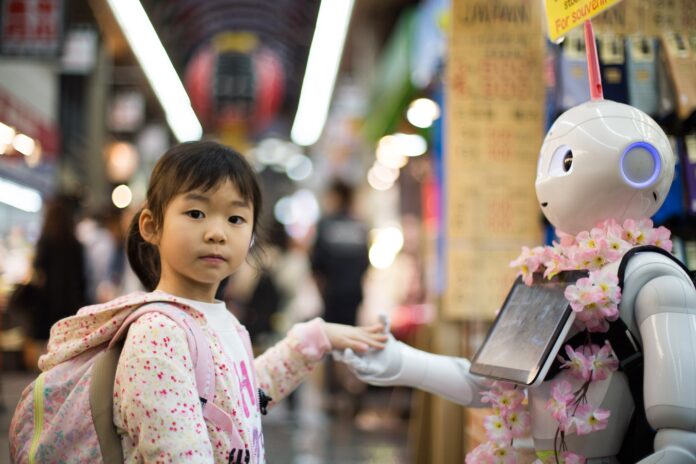With new technological advancements made every second, experts have feared for the future of employment. There are concerns that automation of labour and artificial intelligence can outperform humans and steal away thousands, millions of job opportunities.
In 2014, Professor Stephen Hawking, an English theoretical physicist, said that smart machines powered by artificial intelligence can be a threat to the existence of humankind. He told BBC that he is afraid of the proven usability of AI and its creative performance replacing the works of humans.
“Humans, who are limited by slow biological evolution, couldn’t compete, and would be superseded,” he said during the interview.
Hawking’s concern may be realised even faster with the spread of COVID-19.
As companies do not know when this pandemic to end, many will find ways to reduce their operational costs in factories and workplaces. One study projected about 8.5 per cent of the global workforce will be displaced by automated robots by 2030.
“This pandemic has created a very strong incentive to automate the work of human beings,” Daniel Susskind, a researcher at Balliol College, University of Oxford, was quoted as saying by the Time. He added that machines “don’t fall ill”, “don’t need to isolate to protect peers”, and “don’t need to take time off work” unlike humans.
For those who are considering a career change from the advent of machinery and AI, 4i Magazine presents a list of jobs that are not likely to be displaced in the next 10 years. Unlike other jobs, the jobs listed below will gain momentum with the development of technology.
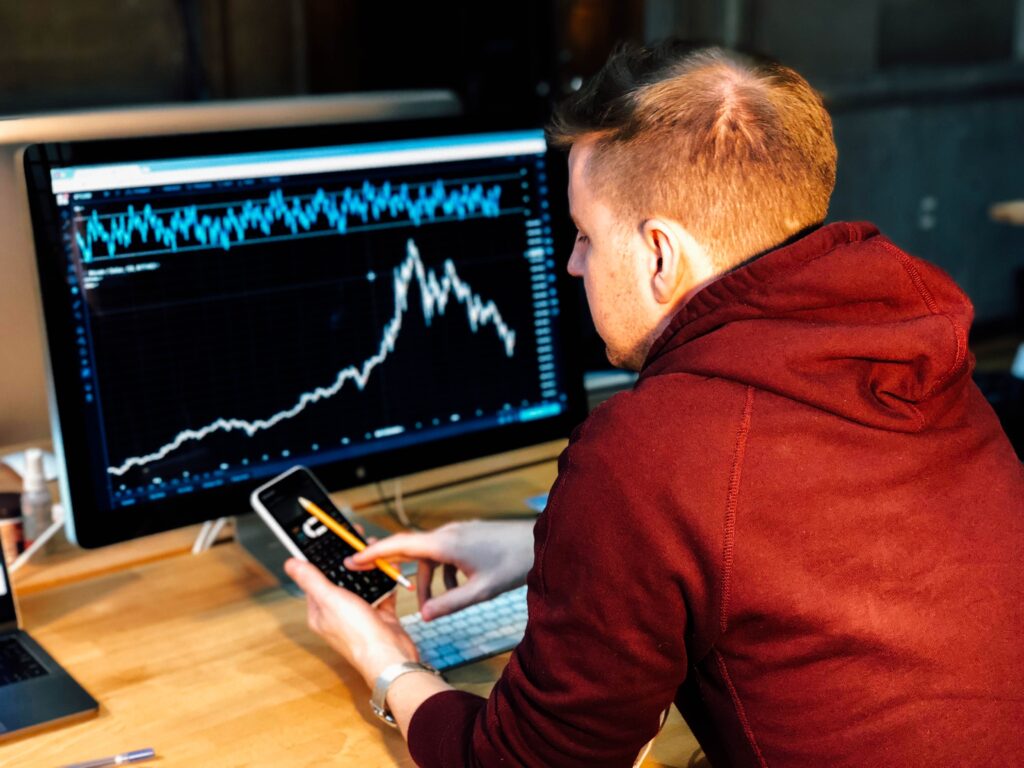
1. Smart Grid Analyst
A smart grid refers to a power grid combined with information communications and technology. In the utility industry, it is a network of two-way transmission of electricity and data. Smart grids, with the use of digitalised communicational tools, can react to changes in electricity usage and other issues.
The use of smart grids is becoming more essential with the rise of the 5G network. Many customers can connect home appliances to a 5G network to monitor the production and distribution of energy faster than before.
Smart grid analysts can make appliances and systems self-capable to analyse electricity usage, prevent power outages, and reduce redundant costs.
The analysts will not only mine various types of data, ranging from weather factors to consumption behaviours but also apply such analyses to appliances and systems to improve their performances in monitoring electricity usage.
Smart grid analysts design predictive models to regulate smart grids and make them perform better. They design such appliances to return automated responses (for example, stop power outages) under certain pre-set conditions.
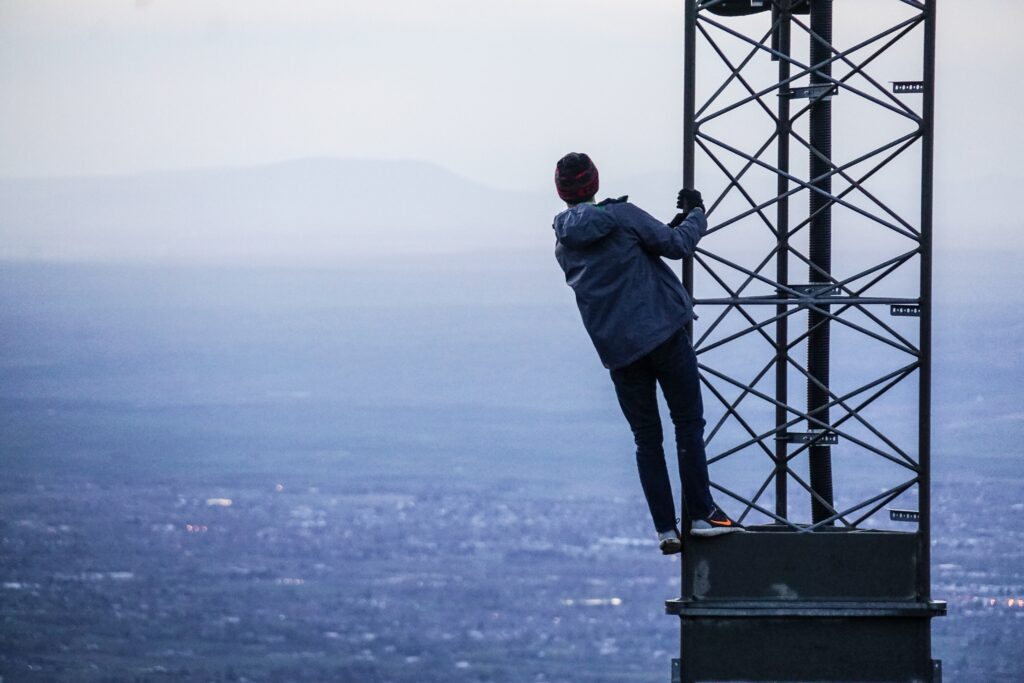
2. 5G Tower Climber
For a 5G cellular network to be accessible worldwide, the initial installation of the next-generation internet in the region is necessary. However, the number of wireless technicians who can build and maintain broadband towers are not enough.
For example, the U.S. Federal Communications Commission’s commissioner Brandan Carr said the country needs 20,000 more of these professionals, better known as “5G tower climbers”, to make 5G available across the country.
The climbers will build the towers and also maintain the towers’ operations through regular inspections and tests. When there are damages, they will have to repair the towers. They will also be in charge of renovating the outdated towers with new parts.
While there aren’t enough climbers today, many programs at colleges and universities are starting to open for aspiring climbers in many countries. Those who are not afraid of heights can find more about the roles of tower climbers.
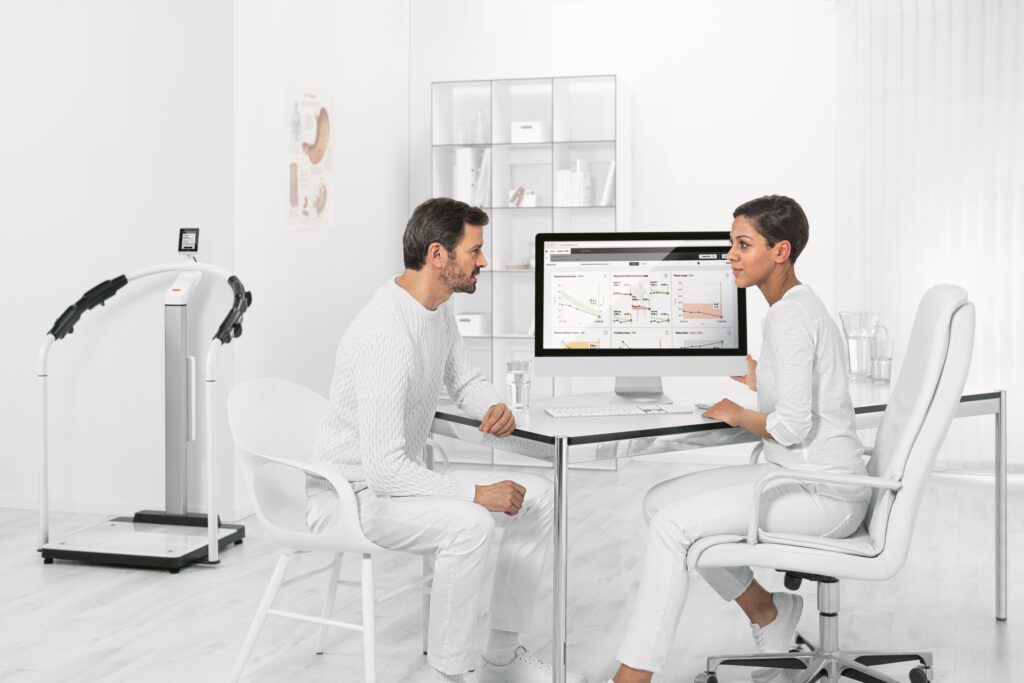
3. Telehealth Installer
Since the pandemic, many people have had to make visits to their doctors. As people still want to minimise human contact and stay in safe spaces, the interest in telemedicine spiked over time.
Telemedicine, which is also known as telehealth, is a remote healthcare service delivered by medical professionals. Patients can communicate and consult their symptoms with the medical team if they have necessary medical equipment installed at home. If needed, the medical staff can send tests or request samples to make accurate diagnoses.
To take telemedicine practices, patients should install fast-working internet, proper communication devices, and medical equipment at home. As it is important to talk to the medical staff in real-time in case of an emergency, it is better to consult professional technicians to install the essential equipment for telemedicine.
The health industry is already on a hunt to hire skilled professionals who can support patients to have high-quality video conversations from a remote area, receive data, and fix minor or major technical issues. As the transmitted information is personal, professionals should be trained with privacy requirements and regulations in the medical field as well.
In April, Beth Israel Lahey Health in Massachusetts, U.S. posted an advertisement to hire a telemedicine installer. The organisation described the role as “instructing the patent and, or caregiver on the use of the equipment” and “ensuring understanding”. Workers of this position also are expected to “clean, disinfect, and maintain inventory of all equipment components”.
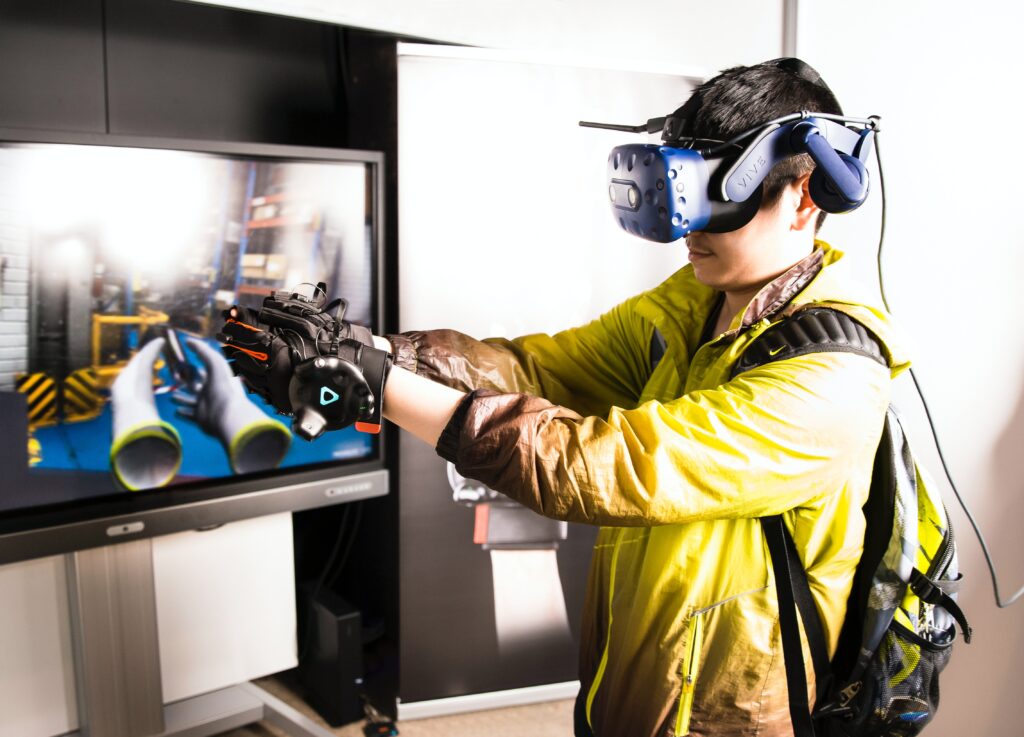
4. Business-to-Robot-to-Consumer Marketer
Some people think that fields of customer service will not be impacted by automated machinery and AI as it requires a human-like response mechanism, but that is not correct. Business-to-robot-to-consumer, or B2R2C, is a trend that already started to settle in the marketing field.
The concept of B2R2C is straightforward as it sounds — AI-powered returns automated responses to certain issues raised by customers and communicate with them. One projection says that the overall profit of B2R2C marketing will be approximately 240 billion dollars by 2023.
This means marketers who know how to utilise robots to maximise their profits will play a significant role shortly. B2R2C marketers will have to understand the mechanisms of robotics, find optimisation plans for their algorithms, and come up with customer-friendly conversational tools.
The marketers will also need to involve in active communication with robot technicians who inspect the maintenance of the systems and try to discover new adaptations and uses for robot workers.
Famous international retail brands are already using B2R2C as part of their marketing strategy. For example, last year, H&M hired AI-powered virtual assistants at some stores to make recommendations on the best outfits for customers.
5. Virtual Reality Fashion Designers
Fashion designers have been using software, such as Adobe Photoshop and Adobe Illustrator, to complete their tasks and orders. Projections say that designers will start to use 3D-modelling software based on virtual reality and holograms soon.
Forbes projected some futuristic designer jobs that may appear on job advertising platforms.
For example, there is a hologram stylist, who tests pre-designed clothes and items on a hologram model and complete fashion looks. They should be having a good understanding of not only fashion styles but also VR systems.
If the hologram stylist is a person who tests pre-made items using VR, virtual couture designers sketch out ideas from the scratch with the tool. They will be creating clothes and accessories from basic design and complete prototypes to print them out before introducing them to the market.
As both designer jobs use different tools from what are used now, future VR designers will have to be familiar with both VR technologies and fashion rationale.
Despite the rise of concerns about technological developments stealing away our jobs, it seems like many other jobs will be created from such developments as well.
Well, life is not short — we all have plenty of time to choose a new job for another chapter of our lives, co-existing with advanced technological tools. Which job do you have in mind to try in the future?



